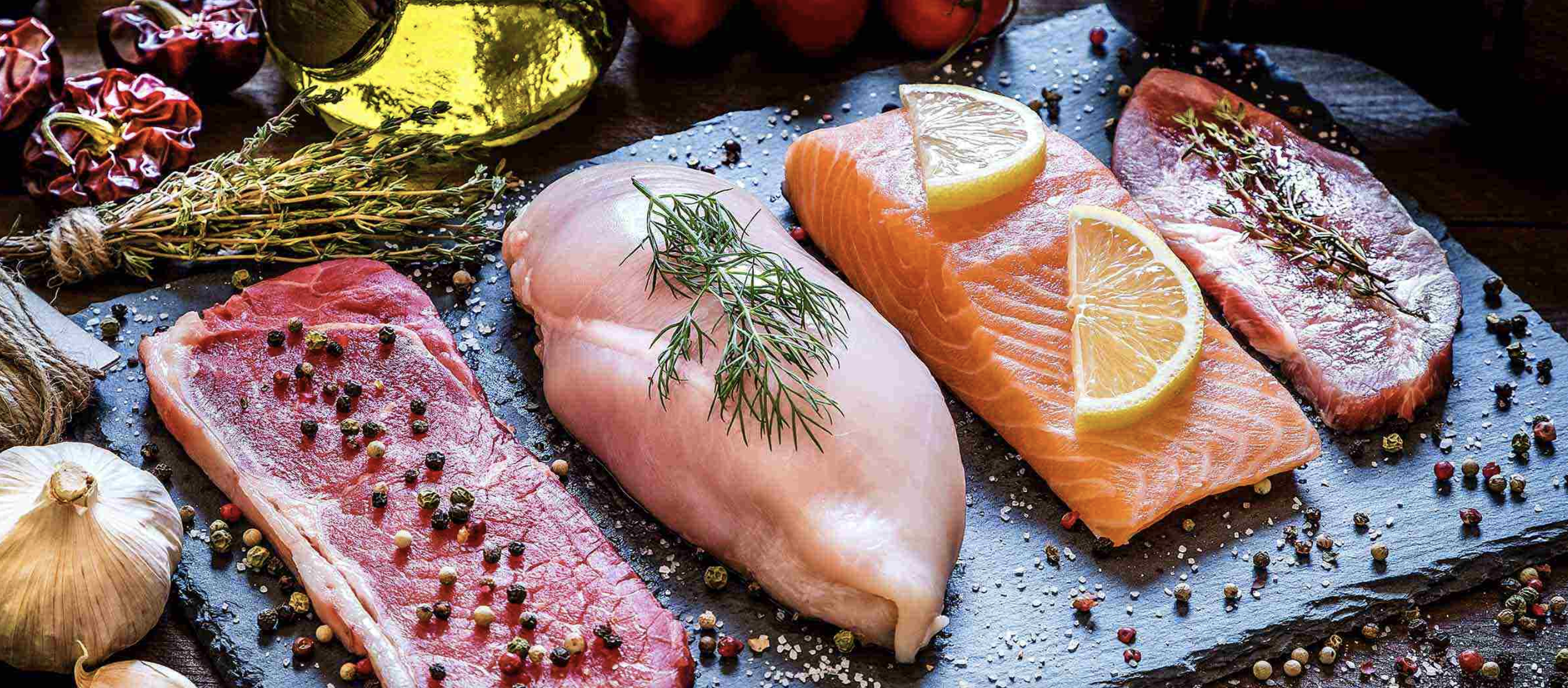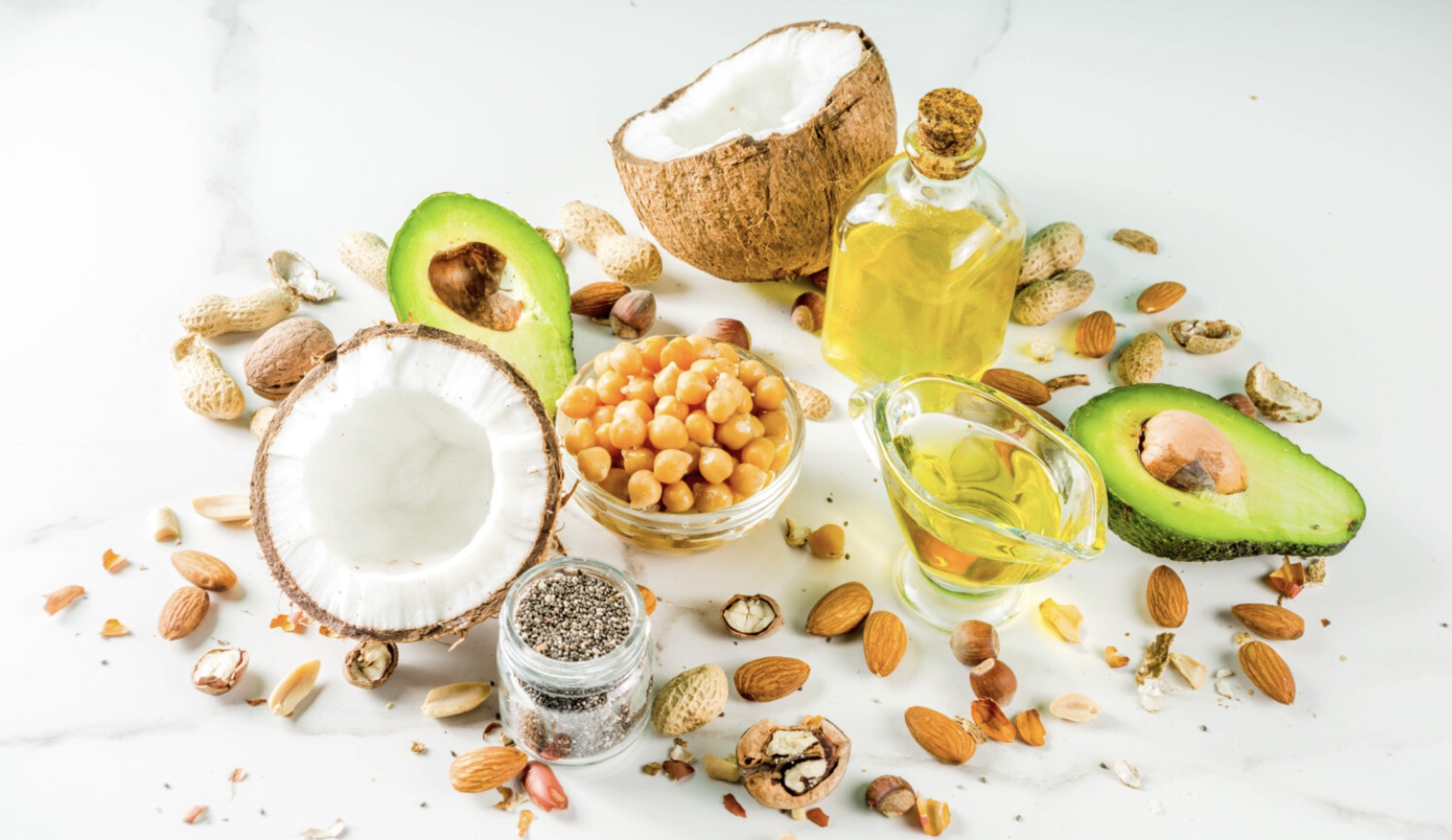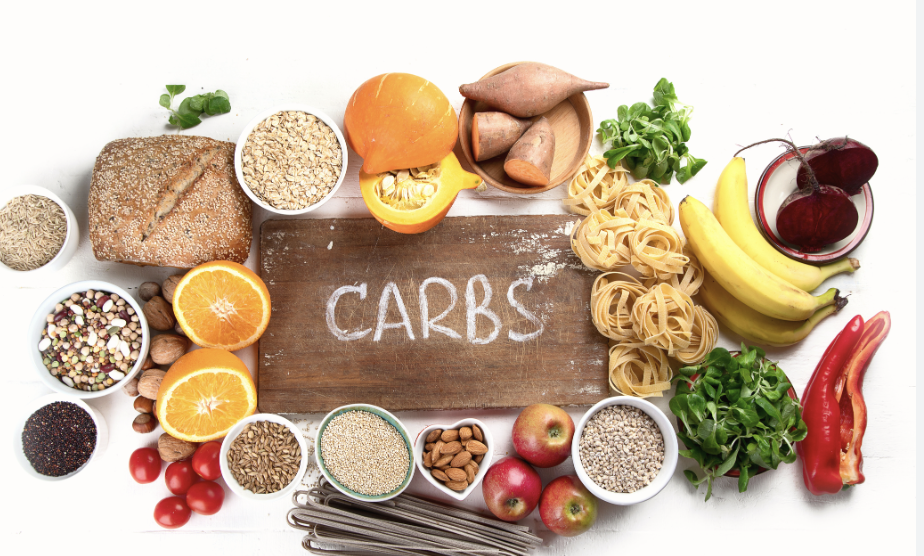Total Body & Health Transformation
Power Move 4: Portion Control
My Favorite Portion Control Method
The "Hand Method"

Eating smaller portions or said differently, the "RIGHT" portions is a simple way to help lower your overall total calorie intake.
This method replaces the need to weight foods and/or count calories daily which is a more time-consuming process (even if it's more accurate.)
My suggestion would be to start with the "hand method" first as most clients tend to stick with this method with the most CONSISTENCY.
If you see your weight loss slow down or come to a halt for 2 weeks in a row...
then switch over to the more exact method of calorie counting within this app (which may include some measuring of food with a digital scale.
NOTE: Any food (even very healthy foods) can cause you to gain weight (or not lose any weight) if you are eating in a calorie surplus.
Your body needs to be in a caloric deficit for you to lose body-fat and body weight.
Carbs are not "bad", dietary fat is not "fattening"...
what makes people fat is eating ABOVE what they need calorically.
What makes people "maintain" their weight is when they eat exactly the amount of calories to sustain their current weight.
You ONLY lose weight if you are in a CALORIC DEFICIT. Portion control helps with this!

VEGGIES (NON-STARCHY)
A serving of veggies is around the size of a clenched fist.
This is the equivalent to roughly 1 cup of cooked non-starchy vegetables. This includes but is not limited to….
Broccoli, spinach, zucchini etc...

PROTEIN
A serving of protein is about the size and thickness of your palm.
This is the equivalent to 3 to 4 ounces (or 85 to 115 g) of cooked animal protein.
This is about 20 to 30 g of protein.
This includes but it's not limited to...
Chicken, turkey, beef, fish, tofu, protein powder, Greek yogurt etc...

HEALTHY FATS
A serving of fats is around the size of your thumb.
This is about 1 tablespoon or half an ounce or 14 g.
This is equivalent to about 7 to 12 g of fat.
This includes but it's not limited to...
Avocado, olive oil, coconut, oil, nuts, seeds etc...

SMART CARBS (STARCHY AND FRUIT)
A serving of carbs is about the size of one cup or your cupped hand.
This is roughly 1 cup cooked or 140 to 195 g of carbohydrates or one medium fruit.
This is about 20 to 30 g of carbohydrates.
This includes but it's not limited to...
Apples, bananas, berries, beans, oats, potatoes, rice, etc...